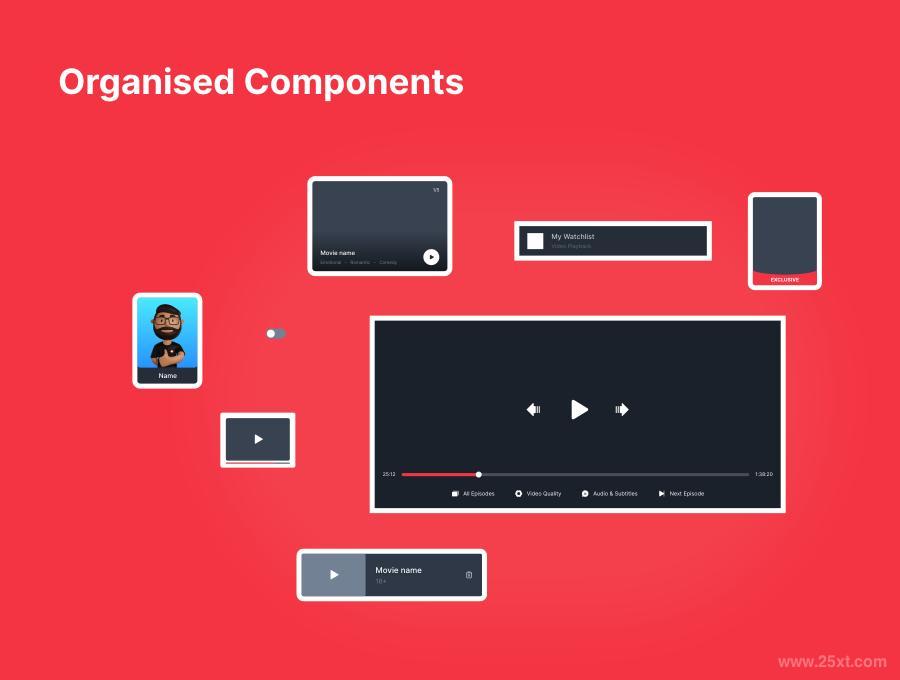|
Robotic Process Automation (RPA) is a cutting-edge technology that has revolutionized the way businesses operate by automating repetitive and rule-based tasks. This article explores the advancements in RPA and its profound impact on streamlining business operations. RPA involves the use of software robots or "bots" to automate routine tasks, such as data entry, invoice processing, report generation, and customer service interactions. These bots mimic human actions, interacting with various applications and systems to perform tasks with speed and accuracy. By leveraging RPA, organizations can achieve significant operational efficiencies, enhance productivity, reduce errors, and free up human resources for more strategic and value-added activities. One key advancement in RPA is the integration of artificial intelligence (AI) capabilities. AI allows bots to learn and adapt to new scenarios, making them more intelligent and capable of handling complex tasks. Cognitive automation, a subset of RPA powered by AI, enables bots to understand unstructured data, extract relevant information, and make decisions based on predefined rules or machine learning algorithms. This integration of RPA and AI offers immense potential for businesses to automate even more sophisticated processes and workflows. Another notable development is the emergence of cloud-based RPA solutions. Traditionally, RPA implementations required infrastructure setup and maintenance, which could be costly and time-consuming. However, with cloud-based RPA platforms, businesses can access RPA capabilities through the cloud without the need for on-premises infrastructure. This not only reduces implementation costs but also provides scalability and flexibility, allowing organizations to easily expand their automation initiatives as needed. Furthermore, RPA is now being combined with other emerging technologies, such as natural language processing (NLP), optical character recognition (OCR), and machine learning. NLP enables bots to understand and respond to human language, improving their ability to handle customer inquiries and support requests. OCR technology enables bots to extract data from scanned documents or images, eliminating the need for manual data entry. Machine learning algorithms enable bots to analyze historical data and identify patterns, enabling them to make intelligent decisions and predictions. The benefits of RPA go beyond cost savings and efficiency gains. It also enhances compliance and reduces the risk of errors. Bots can follow predefined rules and regulations consistently, ensuring compliance with industry standards and reducing the likelihood of human error or oversight. Additionally, RPA provides detailed audit logs and tracking capabilities, enabling organizations to monitor and analyze automation processes for regulatory purposes. In conclusion, Robotic Process Automation (RPA) continues to evolve and transform business operations. With advancements in AI, cloud-based solutions, and integration with other technologies, RPA offers immense potential for organizations to achieve higher productivity, accuracy, and compliance. As businesses increasingly embrace digital transformation, RPA is poised to play a pivotal role in driving operational excellence and enabling organizations to stay competitive in an ever-changing marketplace. Note: The above article serves as a general introduction to the topic and can be further expanded to include specific use cases, industry examples, and more in-depth analysis based on the target audience and purpose of the article.  |
